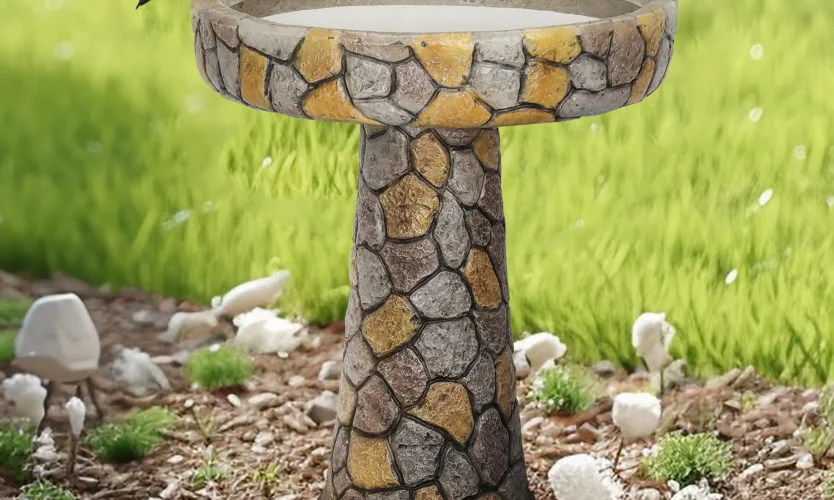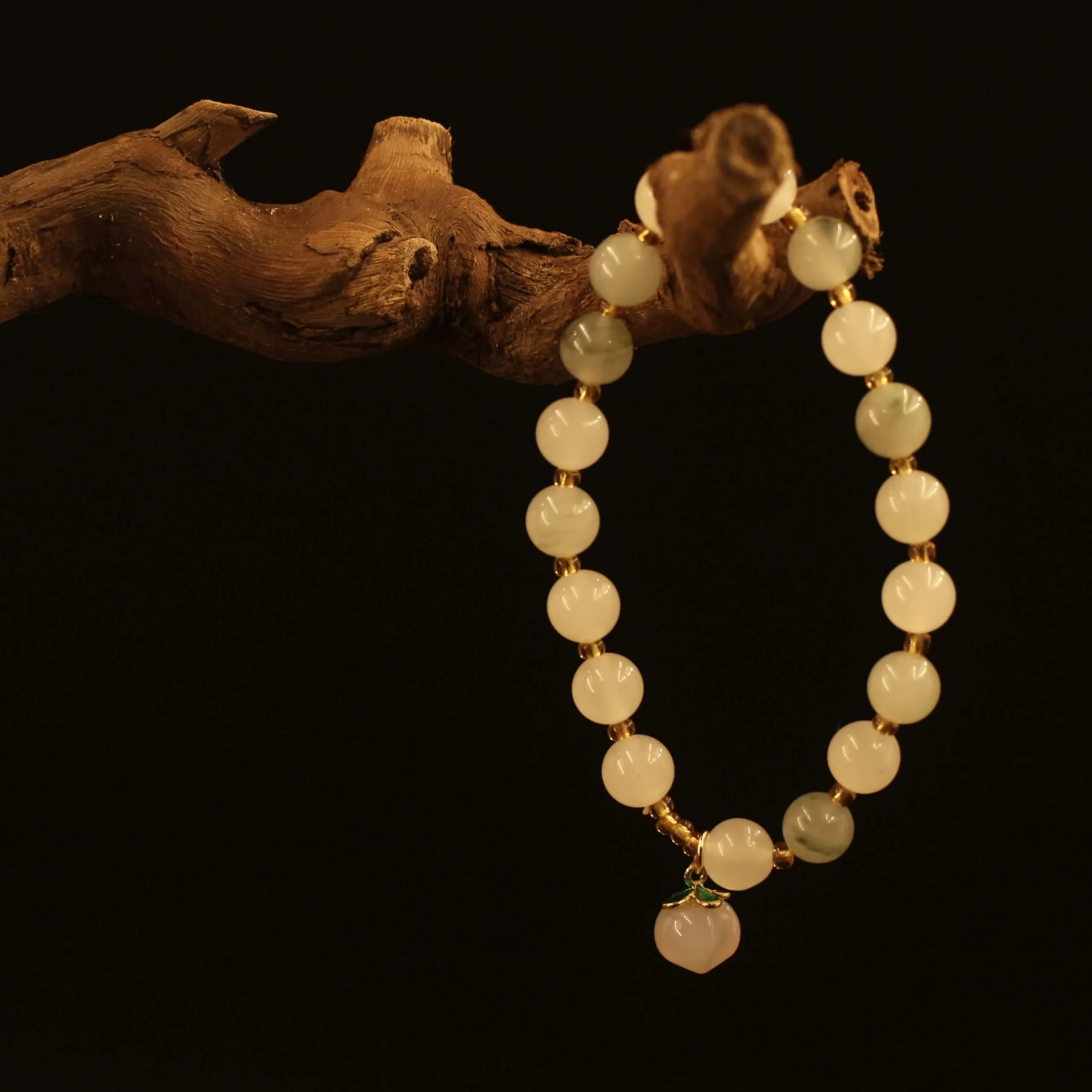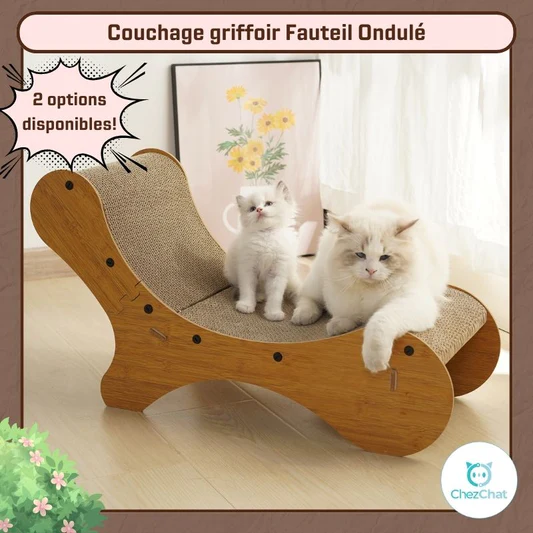How Can I Ensure My Bird Bath Is Safe For Birds?
Creating a bird-friendly garden is a fulfilling way to connect with nature and enhance your outdoor space. One of the most effective ways to attract birds is by setting up a bird baths. However, it’s crucial to ensure that your bird bath is safe and inviting for our feathered friends. At Water Fountain Online, we believe that providing a safe environment is key to attracting a diverse range of bird species. In this comprehensive guide, we’ll explore various strategies to make your bird bath a safe haven for birds.
Choose the Right Location
The placement of your bird bath can significantly influence its safety and appeal to birds. Here are some essential considerations when choosing the right location:
Visibility and Accessibility
Birds prefer accessible locations where they can spot potential predators. Place your bird bath in an open area, allowing birds to easily see it from the air. This visibility helps them feel secure while drinking and bathing. However, ensure that it is close enough to natural cover, such as bushes or trees, so that birds can quickly seek refuge if needed.
Sunlight and Shade Balance
A safe bird bath should receive both sunlight and shade. Morning sunlight helps warm the water and keep it fresh, while afternoon shade provides a comfortable spot for birds to drink and bathe. Avoid placing the bird bath in full shade, as stagnant water can become a breeding ground for mosquitoes and algae.
Select the Right Material
Choosing the right material for your bird bath is crucial for both durability and safety.
Weather-Resistant Materials
Opt for bird baths made from weather-resistant materials such as concrete, stone, or high-quality metals. These materials can withstand harsh weather conditions and provide a stable and secure environment for birds. At Water Fountain Online, we offer a variety of bird baths made from durable materials that are designed to last.
Smooth Edges and Surfaces
Ensure that the bird bath has smooth edges and surfaces to prevent injury. Sharp edges can pose a risk to birds, especially when they are drinking or bathing. Check the design of your bird bath to make sure it is safe for birds of all sizes.
Ensure the Right Depth
The depth of your bird bath is vital for ensuring the safety of the birds that visit.
Optimal Depth for Different Species
Bird baths should have a shallow area that allows smaller birds to wade in safely. Ideally, the water depth should be between 1 to 2 inches. Look for bird baths with sloped sides that provide gradual depth transitions. This feature accommodates various bird species, from tiny finches to larger sparrows.
Avoiding Deep Waters
Avoid choosing bird baths that are too deep for smaller birds. Many species can struggle to stay afloat in deeper water, leading to potential accidents. Ensure that your bird bath has shallow areas for smaller birds to drink and bathe comfortably.
Keep Water Fresh and Clean
Maintaining clean and fresh water in your bird bath is essential for the health of visiting birds.
Regular Water Changes
To keep your bird bath safe, change the water every few days, especially during hot weather. Stagnant water can harbor harmful bacteria and attract mosquitoes. Regularly refreshing the water encourages birds to visit and drink safely.
Cleaning the Bird Bath
Clean your bird bath at least once a week to prevent algae growth and bacteria buildup. Use a mixture of mild soap and water or a vinegar solution to clean the basin thoroughly. Avoid harsh chemicals, as they can be toxic to birds. After cleaning, rinse the bird bath thoroughly to remove any soap residue before refilling it with fresh water.
Provide Safe Access
Birds need a safe and easy way to access your bird bath.
Low Height and Ground Level Options
Choose a bird bath that is at a low height or on the ground to provide easy access for smaller birds. Elevated bird baths can pose challenges for certain species, making them feel unsafe. Ground-level bird baths can also attract a broader variety of birds, including those that prefer to drink and bathe at lower heights.
Incorporate Perches
Adding perches near your bird bath can provide resting spots for birds. They often prefer to hop or fly to a nearby branch before approaching the water. By placing your bird bath near a tree branch or a decorative post, you create a safe environment where birds can feel secure while drinking.
Avoid Dangerous Additions
While it’s essential to make your bird bath inviting, certain additions can create hazards for birds.
No Chemicals or Additives
Avoid using chemicals, such as algae treatments or fragrances, in or around your bird bath. Many of these substances can be toxic to birds. Stick to natural cleaning methods and ensure that the water remains free from harmful additives.
Avoid Decorative Features that Can Harm Birds
While decorative elements can enhance the aesthetic appeal of your bird bath, ensure they don’t pose a danger to birds. Features like sharp rocks, rough textures, or precarious additions can lead to injuries. Keep your design simple and safe.
Monitor for Predators
Predators can pose a significant threat to birds visiting your bath, so it’s crucial to monitor for potential dangers.
Watch for Cats and Other Predators
Keep an eye out for predators such as cats, hawks, or other birds of prey. To create a safer environment, place your bird bath in an area that allows for easy escape routes into nearby shrubs or trees. If you have pets, supervise their outdoor time to prevent them from chasing birds.
Use Natural Barriers
Planting dense bushes or shrubs around the bird bath can act as natural barriers, providing birds with cover and a quick escape route. A well-vegetated area allows birds to feel secure while enjoying your bird bath.
Consider Seasonal Needs
Birds have different needs depending on the season, and your bird bath setup should reflect that.
Winter Care
During the colder months, it’s essential to prevent your bird bath from freezing over. Many people mistakenly remove their bird baths in winter, depriving birds of vital water. Instead, consider investing in a heated bird bath or a submersible heater to keep the water accessible.
Seasonal Cleaning Adjustments
In spring and summer, focus on more frequent cleanings due to higher temperatures and potential algae growth. In fall, be vigilant about leaves and debris that can clog the bath. Adjust your cleaning schedule based on the season to maintain a safe environment for birds.
Encourage a Bird-Friendly Environment
Creating a bird-friendly backyard goes beyond just providing a safe bird bath.
Add Native Plants
Incorporate native plants, flowers, and shrubs in your garden to attract a variety of bird species. Native plants provide food sources, shelter, and nesting opportunities, making your garden an appealing habitat for birds.
Create Feeding Stations
Alongside your bird bath, consider adding bird feeders stocked with seeds, suet, or other natural foods. This additional food source encourages birds to visit your yard frequently. Ensure that the feeders are placed away from potential predators, providing a safe haven for your feathered friends.
Educate Yourself About Local Birds
Understanding the needs and behaviors of local bird species is essential for creating a safe environment.
Research Local Bird Species
Take time to learn about the bird species in your area and their specific needs. Some species prefer certain water depths, while others may have particular feeding preferences. Tailoring your bird bath setup to the types of birds in your area can enhance their safety and enjoyment.
Join Birdwatching Communities
Engage with local birdwatching communities or clubs to gain insights and tips on attracting birds to your garden. Experienced birdwatchers can provide valuable information about bird safety and habitat needs in your region.
Regularly Observe and Adjust
Monitoring your bird bath and the birds that visit is essential for ensuring safety.
Observe Bird Behavior
Spend time watching how birds interact with your bird bath. Note their behaviors, preferences, and any potential dangers they encounter. If you notice that certain species are avoiding the bath, consider adjusting its location or design.
Make Necessary Adjustments
If you find that your bird bath isn’t attracting birds or that certain safety issues arise, be proactive in making adjustments. Whether it’s changing the water more frequently, altering the location, or modifying the design, staying attentive to your bird bath setup will ensure it remains a safe haven for birds.
Conclusion
Providing a safe and inviting bird bath is a fantastic way to connect with nature and support local wildlife. By following the strategies outlined in this guide, you can create a bird bath that is not only attractive but also safe for the birds that visit.
At Water Fountain Online, we offer a wide range of high-quality bird baths designed with safety and functionality in mind. By considering factors like location, material, water depth, and maintenance, you can ensure your bird bath becomes a beloved feature of your backyard. Take the time to observe, learn, and adapt your bird bath setup, and enjoy the countless moments of joy as you watch birds thrive in your garden.














